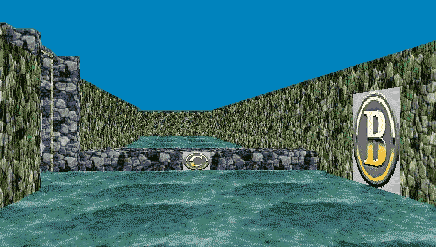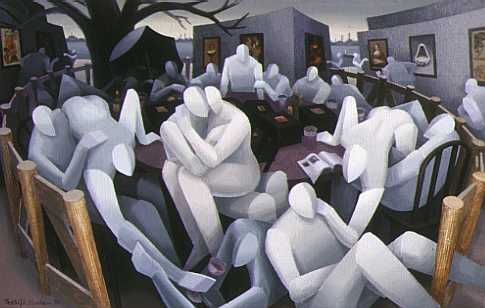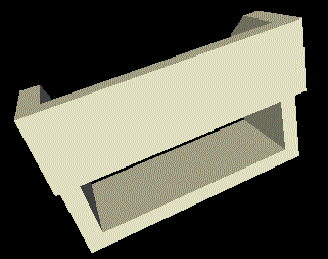 |
|
Yotsuya irrigation canal
|
To learn how to make something from wood, our students made pens holder from small logs. Later, they made a bookstand from sheets of wood from their own design. Knowing from experience that students often fail in designing a bookshelf because they don't have a sufficient grasp of drafting, I had our seventh graders use computers to help with woodworking, with the idea that they would learn both basic computing and techniques related to woodworking. I plan to show the simulations, comparing them to the real thing. Every student needs to complete a project. I use this software to raise their interest. My goal is to get students, including those rather unskilled at technical drawing, to become more interested in what they're doing, to understand the features and methods of working with wood, and to improve their skills. My hope in doing so is to improve their skills at creating something from wood and to get them to consider its purpose and how it will be used.
 |
|
A picture on display in the lchibou Museum
|
This software includes the following computer tools: choosing the front and trigonometry, cabinet shape and isometric projection, bonding materials, direction and strength of grain, straight grain and cross grain of wood, and logs and boards. In the lesson, I plan to use mainly the front and trigonometry. One characteristic of this software is that it uses WWW authoring software.
 |
|
This software lets you to see a bookstand
from various angles |
 Conference to introduce results from the 100-School Networking Project (Phase II)
Conference to introduce results from the 100-School Networking Project (Phase II)